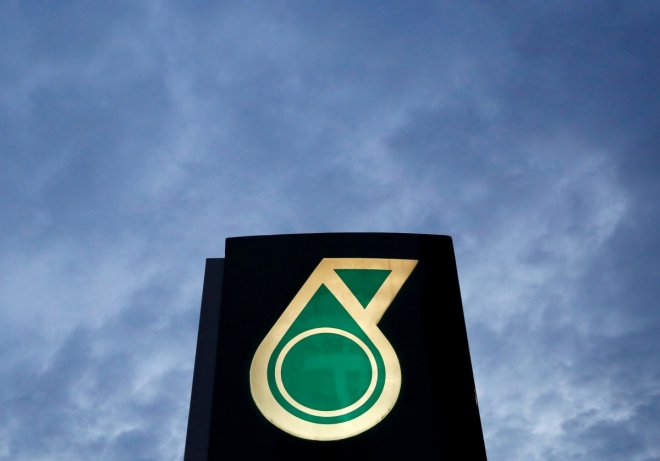
The completion and the expected commencement of the of Petroliam Nasional Bhd (Petronas) first floating liquefied natural gas (LNG) facility, the PLFNG Satu is expected to increase production capacity by 33% to 32 million ton (MT) per annum.
MIDF Research, in a brief, said they expect the June industrial production data to surge in the months ahead to reflect the production in the sector but are also expecting stockpiling exercise to take place.
The research house said it is known that Malaysia exports roughly 60% of its local LNG production where a growth by 10% to 15% in exports may stem in the future.
"However, due to a supply glut in the LNG sector globally with supplies added by countries like Australia and United States, a competitive market means demand may gradually increase thus LNG would probably not increase in the short to mid-term," the research house said.
Petronas LNG assets (upstream) vice-president Adnan Zainol Abidin told a media briefing on Sunday that the group did not have any specific clients, but priority will be given to its portfolio buyers if there was a demand. "The first cargo went to India and the vessel will sit on the Kanowit gas field of Sarawak for the next five years. Our development team will be assessing the next field within that time."
The development of the floating terminal began in 2010 with an LNG processing train including its utilities and support unit fitted on it.
The mega project made its historic 2,120 nautical mile journey to Malaysia from South Korea on 14 May last year.
The first floating LNG facility stood at 1,198 foot-long with a dry weight of 132,000 tons.
The structure was designed for water depths between 230 feet to 656 feet deep and a processing capacity of 1.2 MT with 145 crew on board.









